Taking pictures of the night sky–astrophotography—is an expensive hobby, right?
Not necessarily! It all depends on what objects you’d like to photograph. You already have a mobile phone, so your cost for imaging several gorgeous objects may be NOTHING.
All but one of these images were shot by me, and all with no equipment besides a mobile phone:
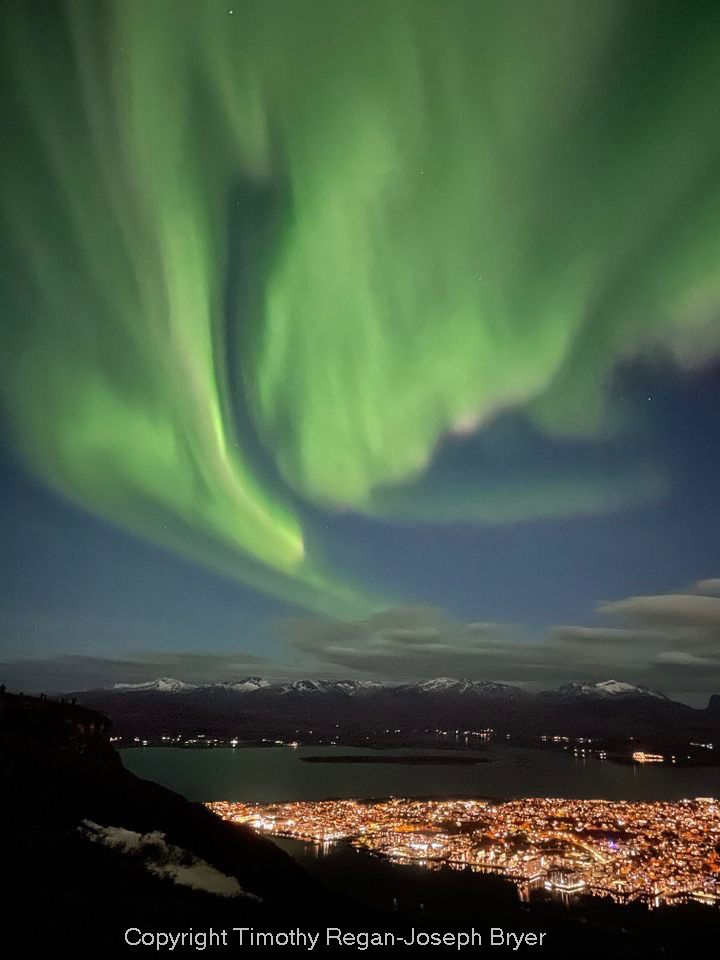
Aurora Borealis, Norway, October 2024 (Courtesy, Timothy Regan)
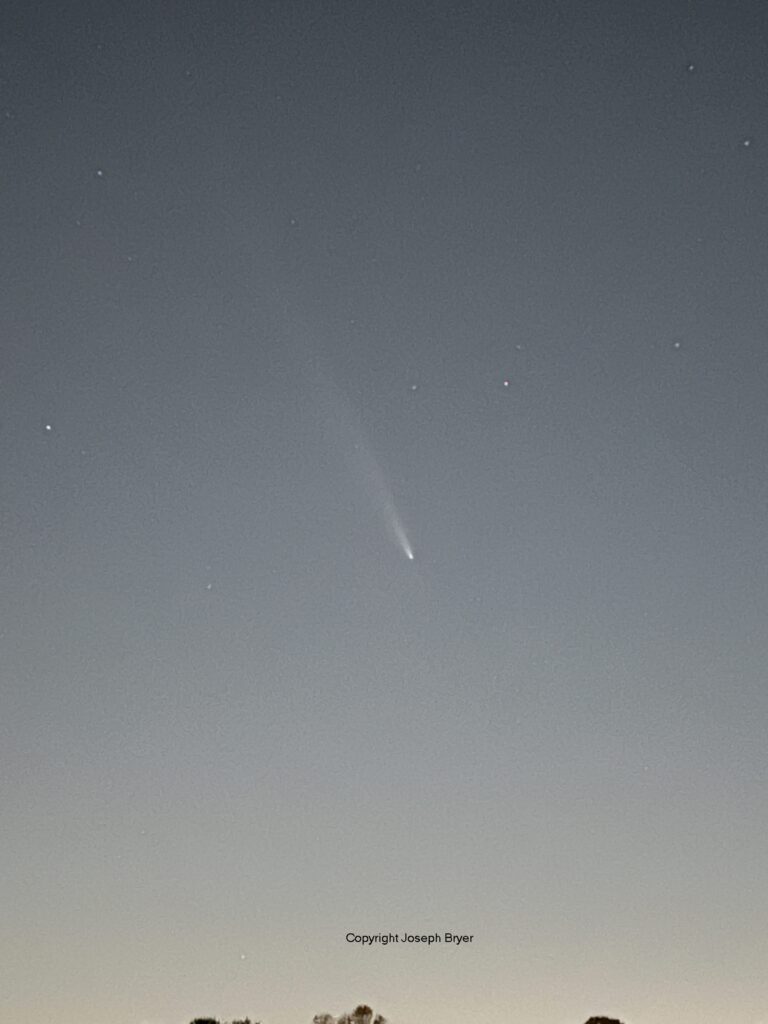
Comet Tsuchinshan, October 2024
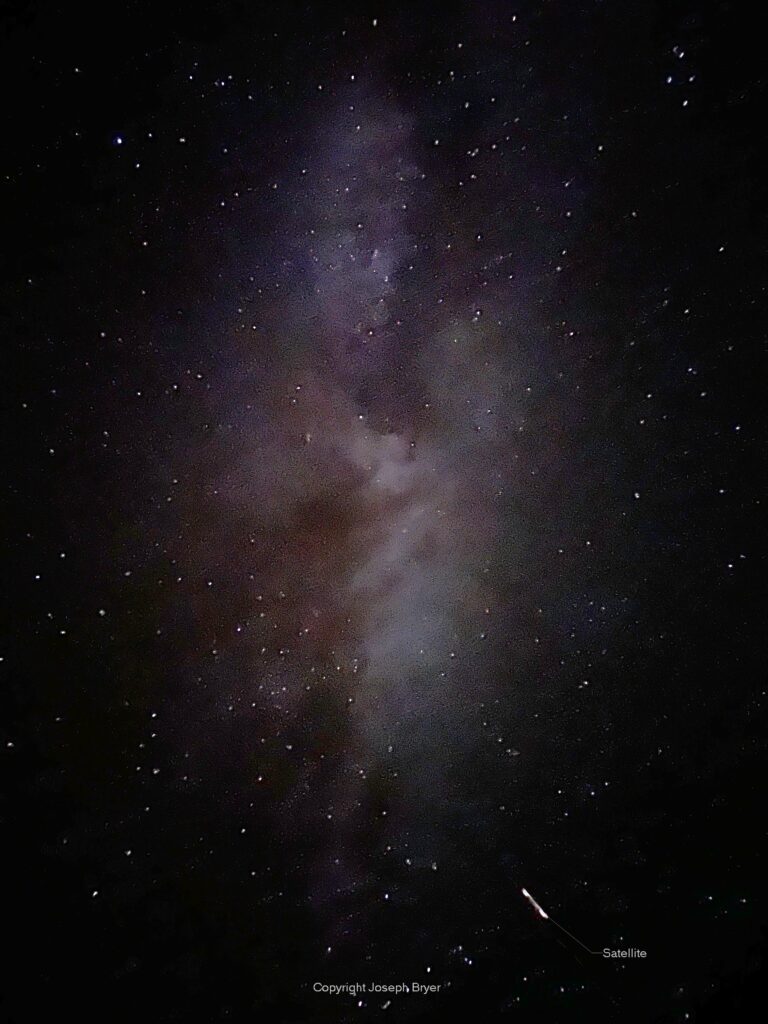
Milky Way Galaxy, October 2022
Using a simple and inexpensive tripod would have been helpful in taking all three of the images above. Why? Because many sky objects are faint and require long exposures, and it is nearly impossible to hold the camera (mobile phone, in this case) sufficiently still to get a crisp image that is free of motion artifacts. A tripod can be helpful on all sorts of other occasions as well—like taking the yearly family portrait for holiday greeting cards, for a properly composed image that contains the photographer as well as the rest of the family!
Among many examples, here is a tripod that looks good and is currently selling on Amazon for about $23: TODI 63 inch Phone Tripod
If you already have a camera, such as DSLR (Digital Single Lens Reflex) that you’d like to use for night sky imaging, a sturdier tripod that can support both mobile phone and camera may be worth considering. This one is popular and inexpensive at about $37.00 on Amazon: Victiv 74 inch Tripod for camera and cell phone. (This one appears compatible only with Nikon cameras, but tripods compatible with other camera brands are easy to find).
Once you have your tripod in hand and know how to mount your mobile phone to it and operate it, go outside and snap some photos!
Modern mobile phone cameras are great for daytime images of people and scenes. Limitations become apparent when shooting at night. In part, this is due to built-in parameters in capturing the image, and compromises in image processing for daytime photos that don’t work so well for celestial objects. Here are quick shots I took recently with my iPhone 13 of two of the brightest objects in the night sky: Jupiter and Moon.
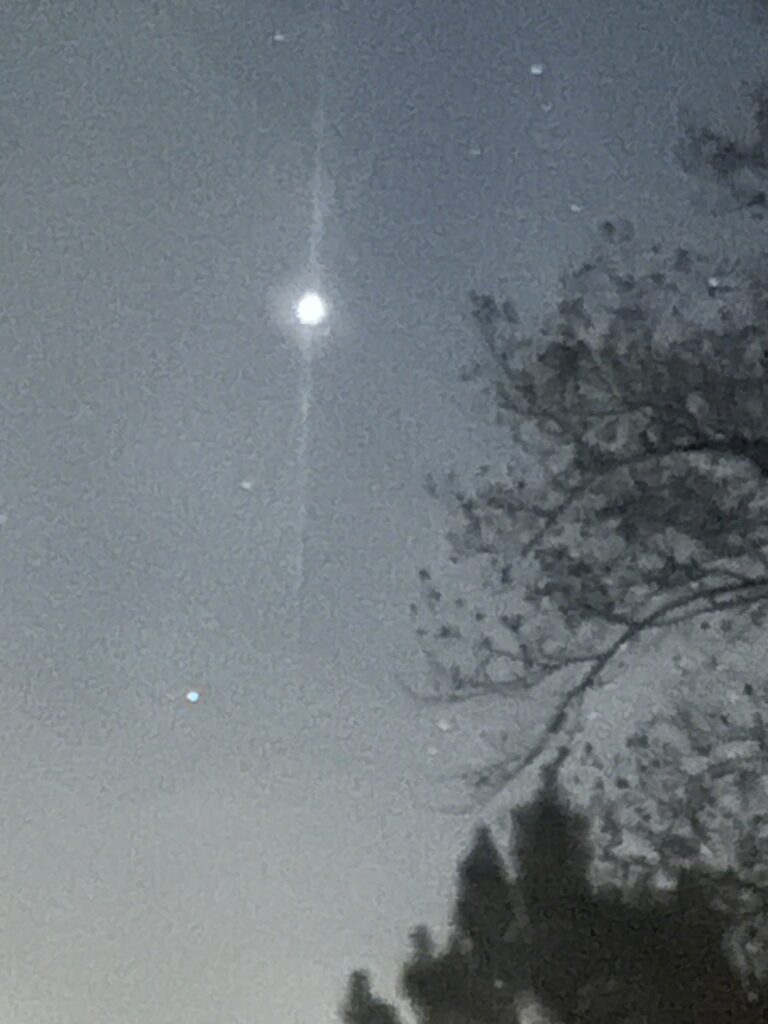
Jupiter
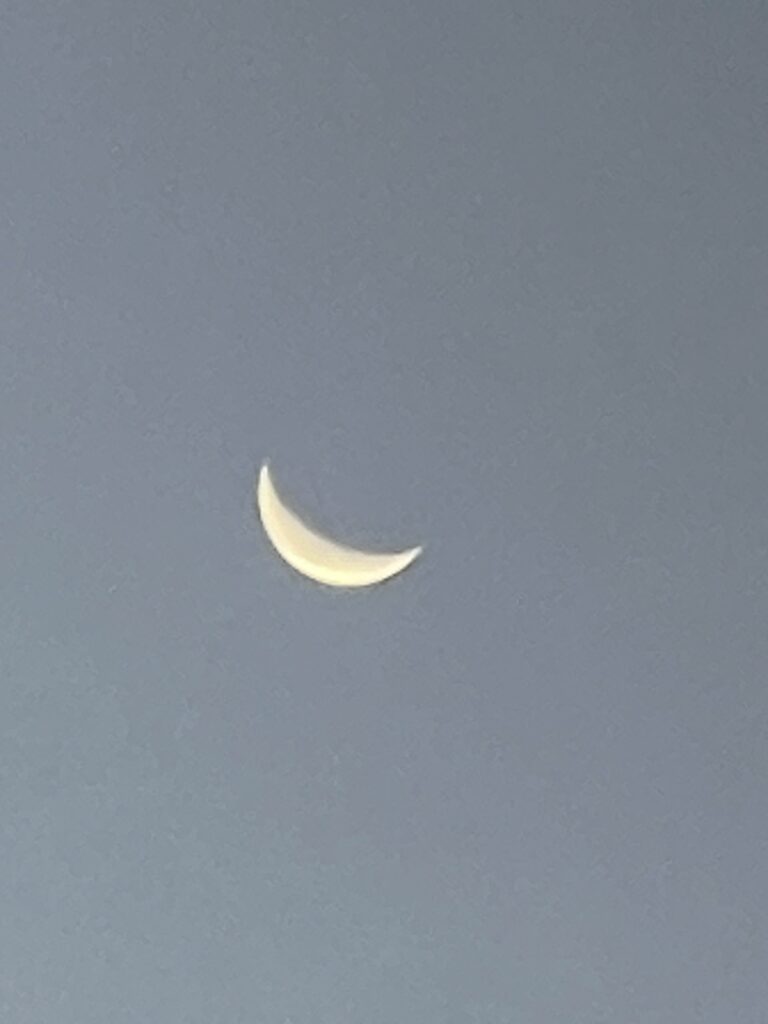
Moon
Jupiter is a tiny blob, with no useful detail. The line that goes vertically through it is likely an artifact of this built-in image processing.
The Moon image is better, but certainly not good: it is overexposed (too bright) and the color is oversaturated (too intense) and unnatural. Visual artifacts are obvious around the object. The camera makes “decisions” about the scene and how it should be imaged, and we are mostly stuck with what it decides. If we had more control over how the image was shot—for example, the shutter speed and ISO/gain—we might get better images.
There are inexpensive apps that allow for more control over these parameters, and result in better images. I use one called Camera M which works well, and costs about $10 on the App Store. With simple modification of exposure and ISO, I took this Moon image recently:
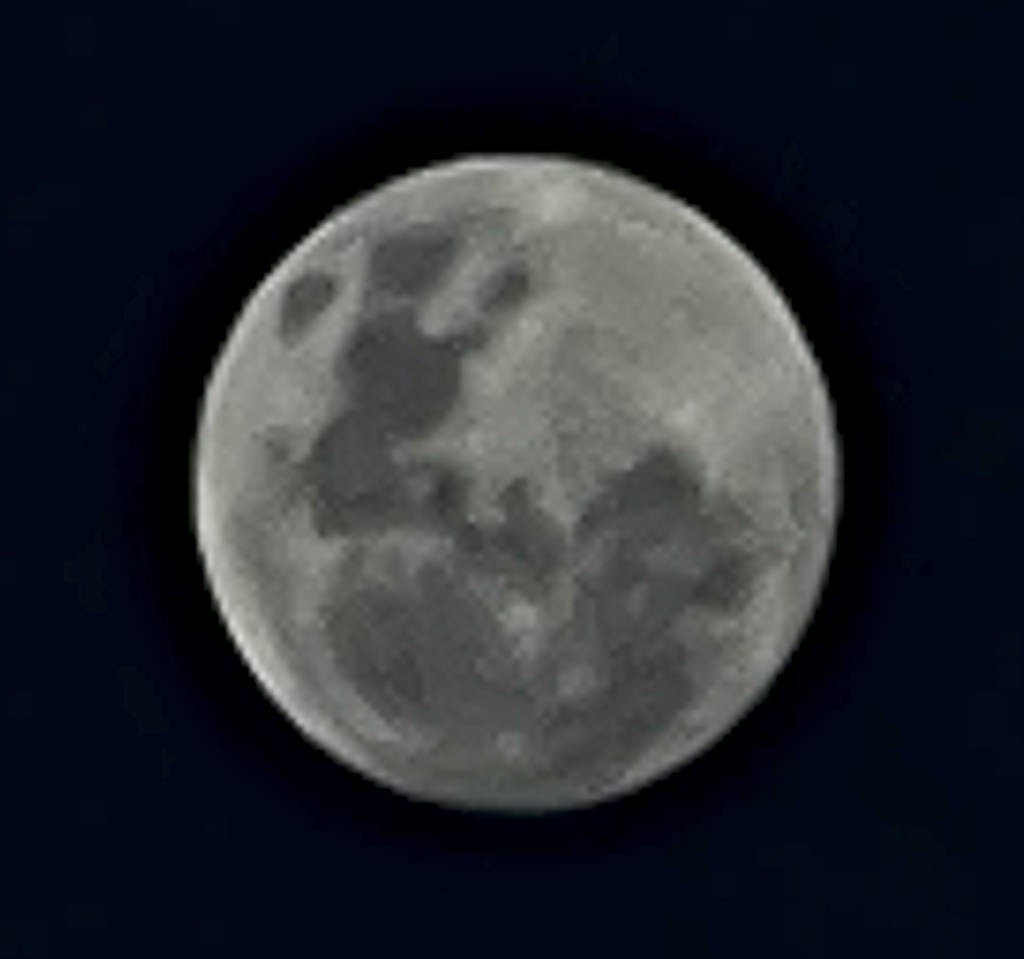
Moon, using Camera-M app on iPhone 13
This image is far from perfect, but at least it looks more like the Moon!
Experimentation with the photo parameters within M-Camera might have resulted in a better image, but the small lens on a mobile phone camera will always be a limiting factor in terms of image detail and crispness. We can use digital zoom on our phones, but real detail will not emerge in the image by doing so. Digital enhancements cannot create accurate detail; they merely enhance detail provided by the optical system. There is no substitute for an optical lens to obtain the visual detail we seek. How could we mount a more powerful lens on our phones? There are products that do so, such as
32X Telephoto Lens for iPhone and Android
Even this lens is not powerful enough to provide accurate detail of objects like planets. A telescope of the simplest design would need to be 6 feet long to reveal fine details of, for example, Jupiter! So, rather than thinking of attaching such a long telescope to a cell phone, it is better to imagine attaching the cell phone to a telescope! There are products that do this, mounting a mobile phone to a telescope. I have used this device with some success:
Celestron nXY 3 Axis Cell Phone Adapter for Telescope
This allows the use of “the camera that is always with us” to take astronomical images. The two biggest challenges I faced were specifying which of the three phone lenses to line up with the telescope eyepiece, and turning off autofocus on the phone camera. The autofocus routine interfered with maintaining consistent focus, which ideally should be accomplished by adjusting the focus control on the telescope, not the camera. But it is a workable device.
On my own astrophotography journey, since I already owned a telescope, I decided to explore astrophotography cameras that are designed to attach to a telescope. This is a better way to think about the solution: is it practical to attach a powerful yet cumbersome lens to your mobile phone; or is it better to attach a camera to a telescope? Obviously, the latter. We’ll discuss options for astrophotography cameras and other equipment in detail but will first focus on suitable telescopes.
Considerations When Choosing a Telescope
